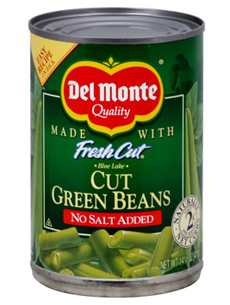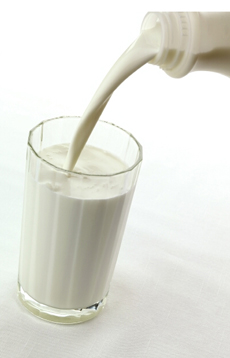|
How should you store lemons, limes, oranges, grapefruits and other citrus fruits?
Since fruits typically keep better in the fridge, many people toss a lemon, lime, orange or grapefruit into the produce bin as soon as they bring it home.
But that’s not the best way to store your citrus.
Citrus is warm weather fruit. In the cold, the juices and the peel both dry up.
It won’t happen in a day or two, but it can happen if you store them for two or three weeks.
For maximum juiciness and flavor, keep that lemon, lime, orange or other citrus at room temperature for up to a week.
They look great in baskets on the counter or the dining table.
If we haven’t used a lemon or lime by then (rare in our kitchen!), we quarter or halve the fruit and freeze the pieces in bags.
Then, when we need some juice—whether for a quick cup of tea or a recipe—we microwave a frozen wedge for 10 seconds. The juice tastes fresh as new.
If we’ve used half a lemon, lime or orange, we’ll keep the other on the counter overnight. It will be just fine the next day.
We keep our citrus in basket on the kitchen counter. When we get a lot of it—a gift carton of grapefruit, for example—we pile the fruit in a basket or bowl that doubles as a centerpiece on the kitchen or dining room table.
There’s a related reason not to refrigerate citrus: There’s less juice when you squeeze or eat cold citrus.
Which brings us to more citrus tips:
Purchase fruit that feels heavy for its size, with shiny skin. Lightweight citrus can be dry.
Use citrus at room temperature. Before slicing a lemon, lime, orange or grapefruit, roll it around on the countertop, applying light pressure with your hand. This will release more juice from the cells.
To get every last drop of juice, we use an electric juicer.
To get the most juice, some people microwave the citrus for 15 or 20 seconds to break down the membranes (first prick the skin with a fork).
If you only want a squirt, you may not have to slice a wedge from a whole lemon. Instead, pierce the rind with a cake tester, skewer or toothpick and squeeze.
Citrus is good for you: full of the antioxidant vitamin C. Don’t be a stranger to fresh citrus.
|
|

[1] Even after you cut a lemon, lime or orange, keep it on the counter, not in the fridge (photo of Key limes © Baldor Food).

[2] If you’ve squeezed half a lemon, cover the surface of the other half and leave it out (photo © Caroline Attwood | Unsplash).

[3] Ditto with grapefruit. If you prefer, you can put it in the fridge to chill it 20 minutes before you’re ready to eat it (photo © Texas Citrus).
|






